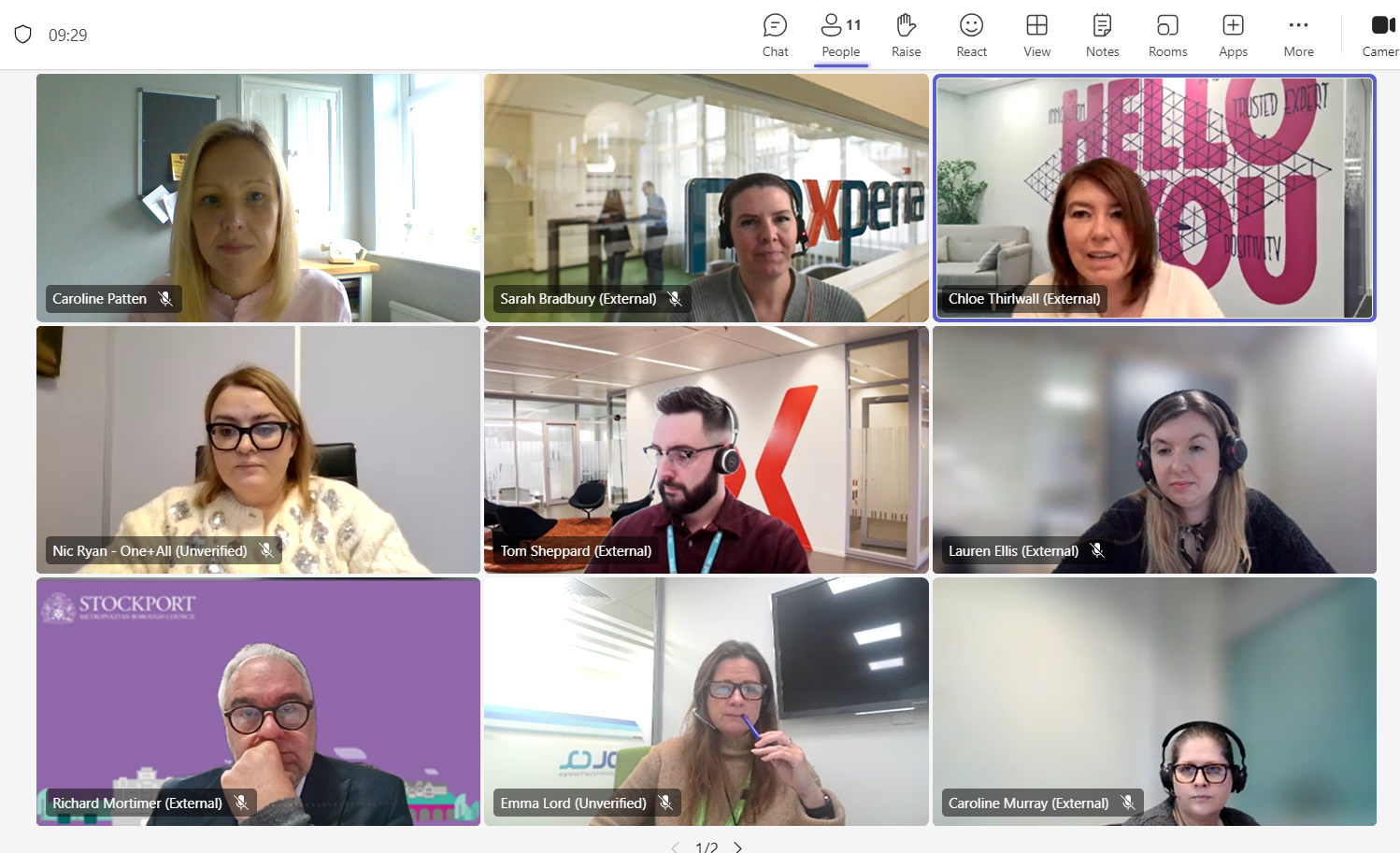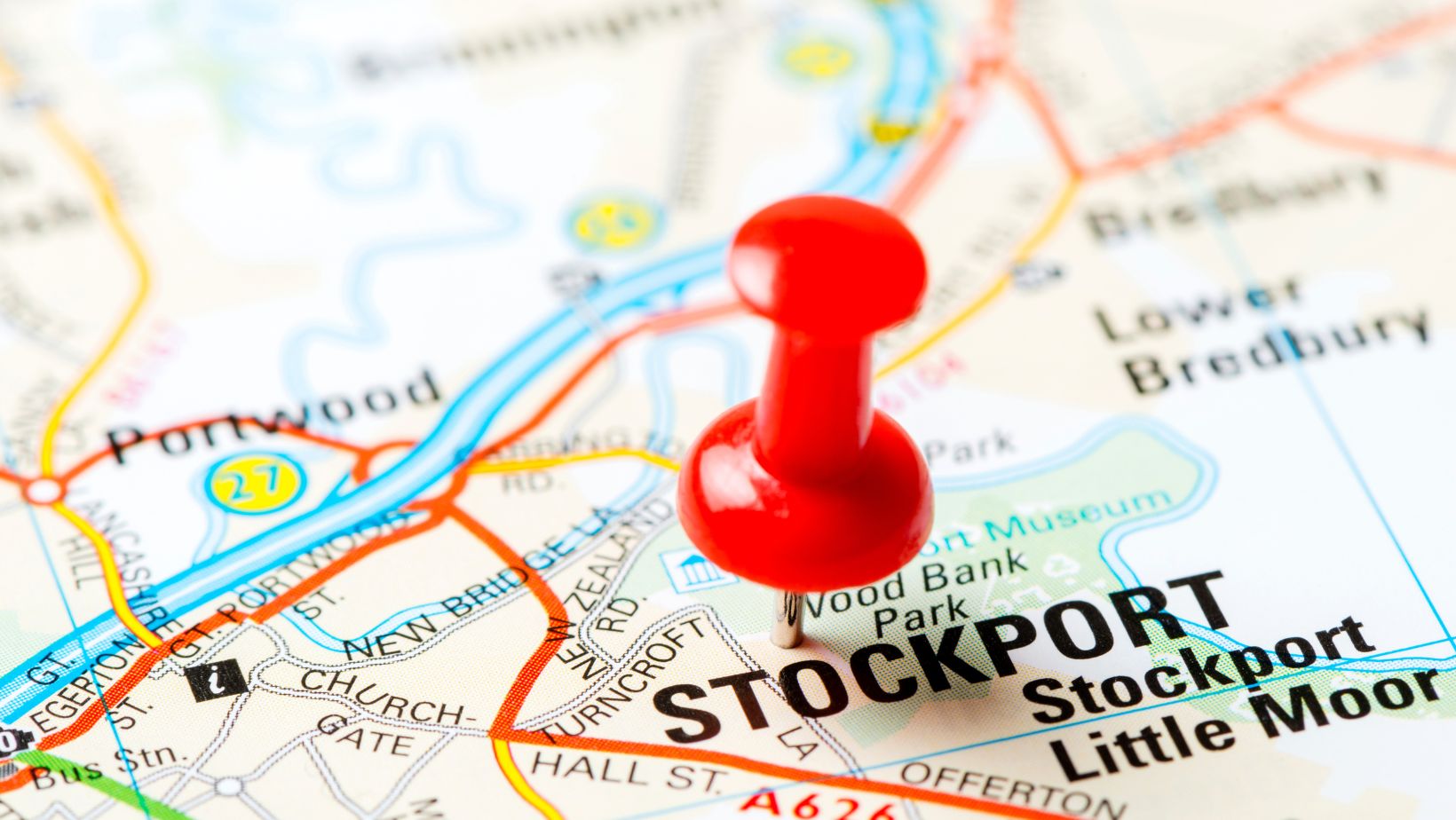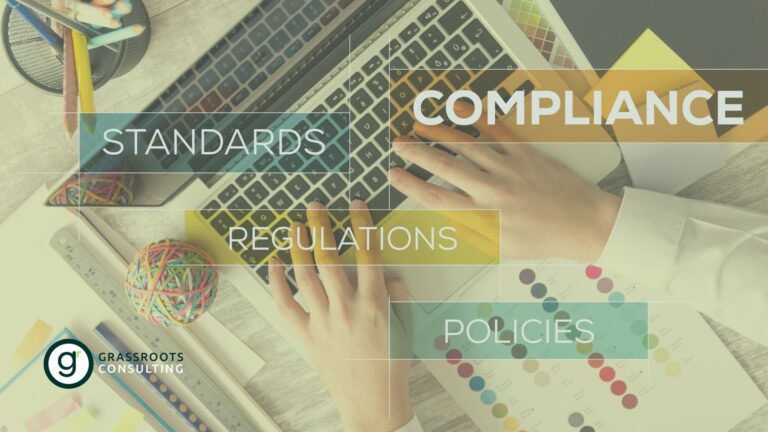Last week, I had the opportunity to sit down with a brilliant group of HR managers and recruitment professionals from across Stockport and South Manchester. We met to chat about equality, diversity, and inclusion (EDI) and how to make workplaces better for everyone.
It was inspiring to hear from people who genuinely care about creating spaces where everyone can thrive. But as we got into the nitty-gritty, it became clear that while the ambition is there, creating truly inclusive environments comes with some real challenges.
One thing we all agreed on right from the start is how vital inclusivity is—not just because it’s the “right thing to do” (which it is), but because diverse teams are happier, more creative, and perform better. It’s a win-win for people and businesses.
But let’s be honest: no one claimed it’s easy. The conversation quickly turned to some of the hurdles we face in turning EDI strategies into real change.

Understanding the Workforce: Gathering Data Without Losing Trust
The biggest sticking point for everyone? Data. And not just any data, but the kind that gives a clear picture of who makes up your workforce—so you can figure out where the gaps are and take meaningful steps to address them.
Sounds simple? Not quite. Collecting personal information—on things like ethnicity, disability, or sexual orientation—requires sensitivity and trust. If people don’t feel safe or valued, they’re not going to open up. This is where the concept of psychological safety comes in: creating a work environment where people trust leadership’s intentions and feel comfortable being their authentic selves.
It’s a tough balance, but without this data, you’re essentially flying blind when it comes to improving diversity.
Recruiting Inclusively from Diverse Talent Pools
That same challenge carries over into recruitment. How do you make sure you’re not just fishing in the same talent pool over and over again? To recruit inclusively, businesses need to understand the demographics of their local area. This helps in two ways:
- To see if your workforce reflects the community you’re part of.
- To spot opportunities to engage with underrepresented groups you might have missed.
It’s also about ensuring your recruitment processes are free from bias so that every candidate feels like they have a fair shot.
Stockport’s Local Population: What the Numbers Tell Us
To help frame the discussion, I shared some fascinating stats about Stockport’s workforce. Here’s a snapshot of what makes our community tick:
- Population: Stockport’s home to 299,545 people. Over the past decade, the population has grown by 4.1%—a little slower compared to other parts of Greater Manchester.
- Density: We’re in the top 30% of England’s most densely populated areas, with around 16.7 people per football-pitch-sized bit of land!
- Workforce Participation: 60.7% of residents are of working age (16-64), and 80.3% of these are economically active—beating the Greater Manchester average of 74.8%.
- Gender: The population is 51.36% female and 48.64% male.
- Age: Stockport has more older adults and fewer younger adults than the national average. Employment rates drop significantly for those over 50 (to 40.5%).
- Ethnicity: Stockport is less ethnically diverse than the national average, with 87.4% identifying as white (compared to 81.7% nationally). That said, the number of people from BME backgrounds has almost doubled since 2011, especially in areas like Heald Green, Gatley, and the Heatons.
- Disability: 7.6% of residents report being disabled and “limited a lot,” down from 8.9% in 2011.
- Religion: Christianity is the largest religion (48%), but this is declining. Meanwhile, the number of residents with no religion (40%) and those identifying as Muslim (5.5%) is rising.
- LGBTQ+: Around 3% of the population identifies as LGBTQ+, slightly below the national average.
- Socio-Economic Polarisation: Stockport is the 8th most polarised borough in England, with significant inequalities affecting health, education, and aspirations.
Wondering where this data comes from? Want to drill down into the stats? Here’s my sources…
- Nomis – https://www.nomisweb.co.uk/reports/lmp/la/1946157087/report.aspx
- ONS Census – https://www.ons.gov.uk/visualisations/censusareachanges/E08000007/
- Stockport Economic overview – https://public.tableau.com/app/profile/stockport.council/viz/EconomicOverview_16795945371700/Population
Takeaways from the Discussion
After sharing these insights about Stockport’s workforce, we brainstormed some practical next steps:
- Invest in Data Collection: Start with the right tools and processes to collect employee and candidate data respectfully and securely.
- Build Psychological Safety: Prioritise trust and inclusion in the workplace so employees feel confident sharing personal information.
- Expand Recruitment Efforts: Look beyond the usual talent pools and focus on reaching underrepresented communities.
- Collaborate Locally: Partner with Stockport community organisations and services to better connect with diverse groups.
Let’s Keep the Conversation Going
This meeting was just the start, and it was clear that there’s a lot of appetite for change. We all share the common goal of creating workplaces and recruitment processes that genuinely reflect the communities we serve and provide opportunities for everyone to thrive.
If you’re an HR manager or recruiter in Stockport or South Manchester, I’d love to hear your thoughts. What challenges or successes have you had with EDI?
Our ‘Equal Futures’ group is meeting again on Wednesday 22nd January to hear from leading experts on gathering data-driven insights for EDI and facilitating employee voice. If you’d like to join us, please get in touch.






